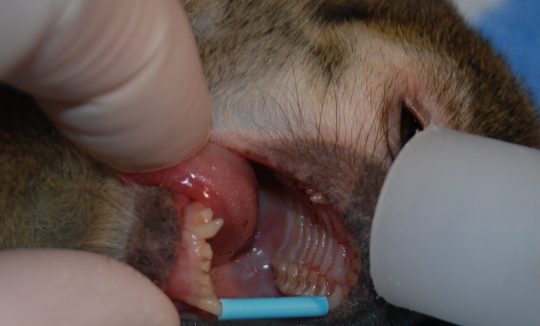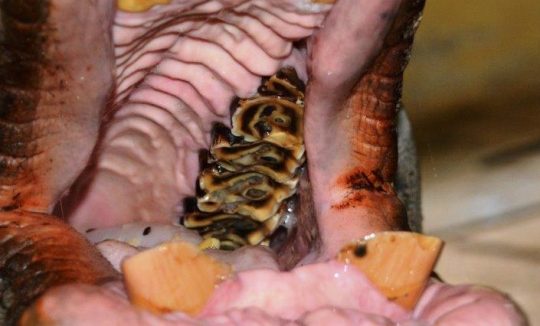Zoo and Wildlife dentistry
Zoo and Wildlife dentistry
Although some wildlife species are kept in zoos they will all be discussed under the same heading. Although The Veterinary Dentist prefers to observe wild animals in their natural habitat, the reality is that many wildlife species are accommodated in zoos and a fair number of them suffer from dental disease. This pain and suffering can be relieved at not much risk to the animals. Many facilities which keep wildlife species for educational, conservation and gratification purposes have come to the realization that dental care and treatment vastly improves the wellbeing, health and comfort of affected animals. Once dental and oral disease is seen as something that can be treated, facilities budget for treatment to be undertake at routine annual health examinations.
There is no reason for a facility which houses wildlife not to care for the dentition of their animals. Facilities which do not have routine dentistry and oral care systems in place are neglecting important aspects of animal health and wellbeing.
What We Treat

We treat a wide range of non-human primates, some of which were pets whose canine teeth were “clipped” because they had bitten their owners. This practice does not render the animal harmless but does cause severe pain and debilitation culminating in draining sinuses on the animals face. Some teeth can be salvaged by root canal therapy, while other must be extracted. Sweet fruit and other food can cause dental decay, requiring dental fillings in some animals.

Cats range in size from the marbled cat to tigers and African lions but generally their dentition looks the same – the major difference being the size of the teeth. Wolves and African Wild Dogs have dentition similar to that of the domestic dog. These “wild cats and dogs”, when they have dental disease, it is usually fractured canine teeth, which in most cases can be treated by root canal therapy. Bat-eared foxes have up to 46 teeth, 4 more than the dogs.

Elephants, rhinos and hippos suffer from dental disease as well. The elephant has tusks that may break exposing the pulp causing severe pain. They have about 6 sets of molar teeth, that are about the size of a building brick, and erupt into and then out of the chewing plane. Rhinos’ teeth are simulate to this of a horse and they can develop similar problems like spaces between cheek teeth that trap food. Hippos’ teeth may become overgrown and require trimming.
